Identity is just one word, but it encompasses a bewildering, occasionally deeply divisive, number of interpretations of late.
Interior Infinite, a new exhibition at the Polygon Gallery in North Vancouver, takes on different forms of creative identity in all its fragmented, mirrored, sometimes contradictory manifestations. Some are celebratory and festive, while others are more introspective.
The title of the show derives from a quote from Russian philosopher Mikhail Bakhtin’s Rabelais and His World: “The interior infinite could not have been found in the closed and finished world, with its distinct fixed boundaries dividing all phenomena and value.”
Not to overly simplify, but author and actress Marlo Thomas’s 1970s paean to self-determination, expression and liberation, Free to Be… You and Me, could equally apply.
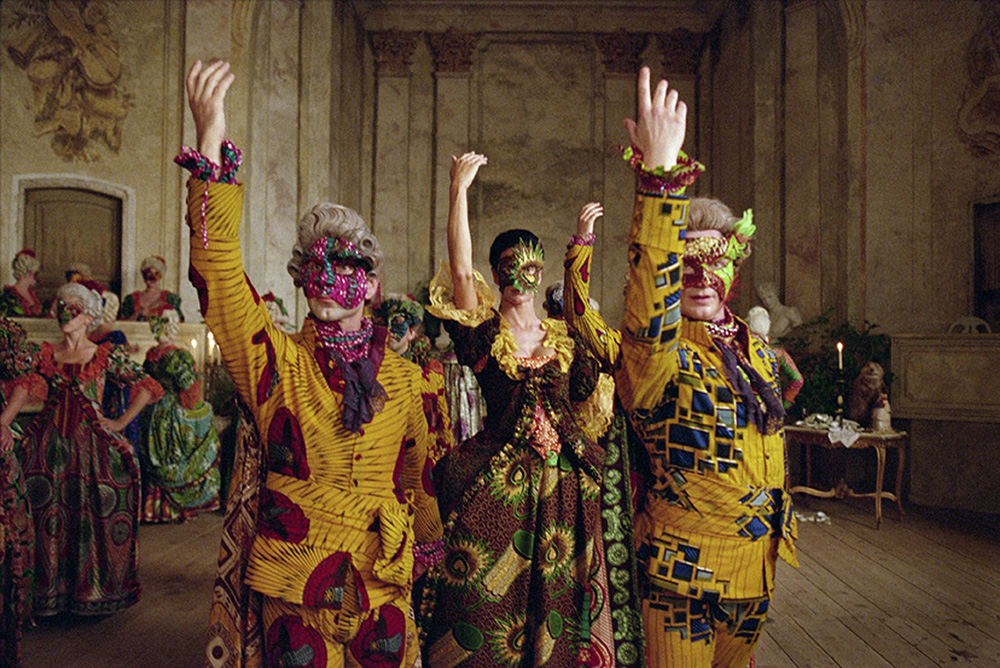
Polygon curator Justin Ramsey explains that the concept for the exhibition was inspired by two separate events.
In 1992, after the beating of Rodney King by Los Angeles police, American artist Nick Cave (not to be confused with the Australian musician of the same name) was sitting in a park, thinking about how to react, when he noticed a little twig lying broken and abandoned on the ground. Cave gathered up all the broken bits of wood he could find, took them back to his studio and created his first ever “soundsuit.”
Part armour, part disguise, part musical instrument, the idea has informed the artist’s practice for almost 30 years.
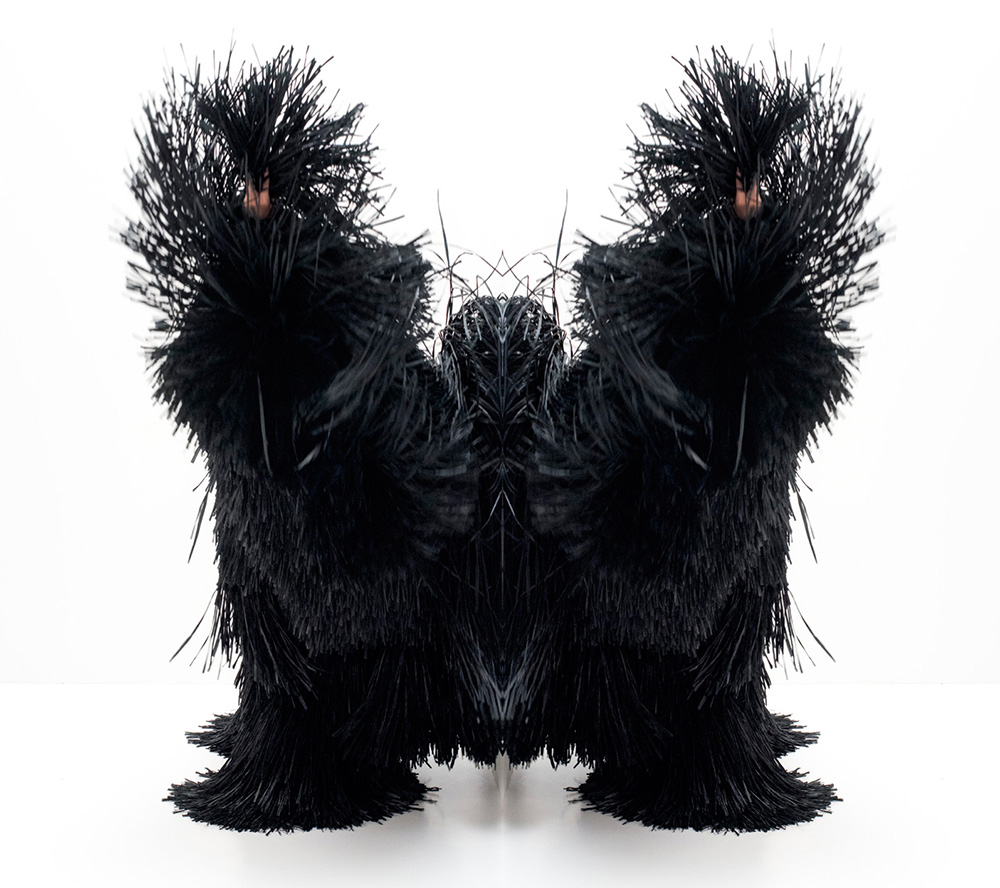
Ramsey was inspired by Cave’s story, as well as the police murder of George Floyd. From these two related tragedies sprang a wealth of ideas, linked together by the human propensity to make meaning and beauty out of pain.
An early soundsuit from Cave is featured in the show, as well as a video of one in action. But this is just the beginning.
Interior Infinite is filled to the rafters with impactful work from around the globe: photographs, films, sculptures and installations from artists like Dana Claxton, Carrie Mae Weems, Zanele Muholi, Aïda Muluneh, Skeena Reece, Sin Wai Kin and Zadie Xa.
In this highly varied selection, there’s a great deal to unpack: identity, resistance, carnival, mythology, gender performance. The list goes on. Most of the artists represented are queer, trans or non-binary, and each work comes with its own complex history and theory.
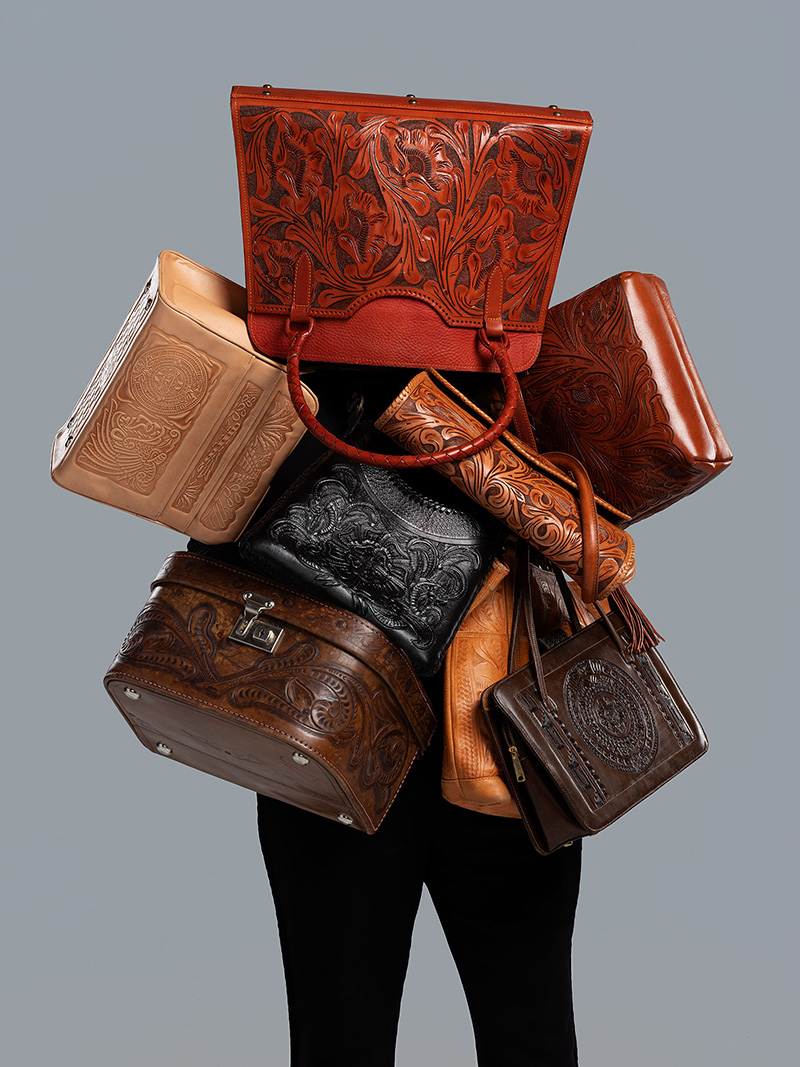
It’s easy to fall down the hole of the supplemental material that often accompanies contemporary art practice, but there’s also the pleasure of simply walking through the show, letting different pieces make themselves known in all of their spiky, challenging and often funny ways.
If identity is a word, it’s also a world, a shapeshifting blur of transformative change that can sometimes feel destabilizing and other times feel freeing, depending on where you stand. Into this churning, mixmaster moment, art comes charging in.
If only it was as simple as "Free to Be... You and Me" ethos. But it’s never that straightforward. Humans being contrary, often downright obstreperous creatures, the politics of identity are cause for folks to go war over the most benign of things. Take your pick, whether it’s identity politics or Olympic sports.
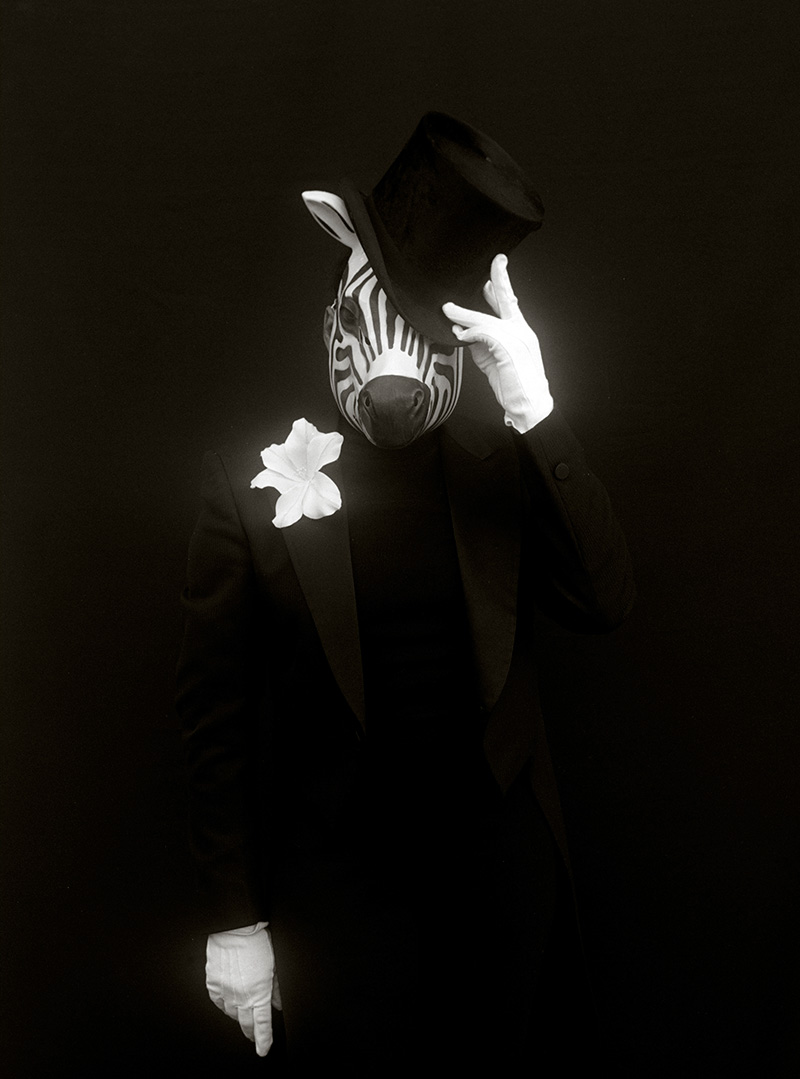
French surrealist Claude Cahun’s photographs provide an entrée to the show and highlight many of the themes that run throughout. Cahun’s life story reads like an Anaïs Nin novel in hyperdrive. She lived with her stepsister/lover, fought the Nazis during the occupation of France, and occasionally dressed up and performed as an angel in a nearby church graveyard.
As Cahun wrote in Disavowals or Cancelled Confessions, the artist’s subversive version of an autobiography, “Under this mask, another mask; I will never finish removing all these faces.” Masks, as a means of both denying and revealing identity, figure large in many of the works.
Yinka Shonibare’s film Un Ballo in Maschera, taking inspiration from Verdi’s opera of the same title, abandons music and words, but keeps choreographic language to tell a tale of intrigue, murder and a lot fancy dresses.
Carrie Mae Weems' portraits of dapper creatures, impeccably attired in top hats and tails, is a pointed indictment of the power of wealth and privilege in Louisiana, with its tradition of masked balls and Mardi Gras.
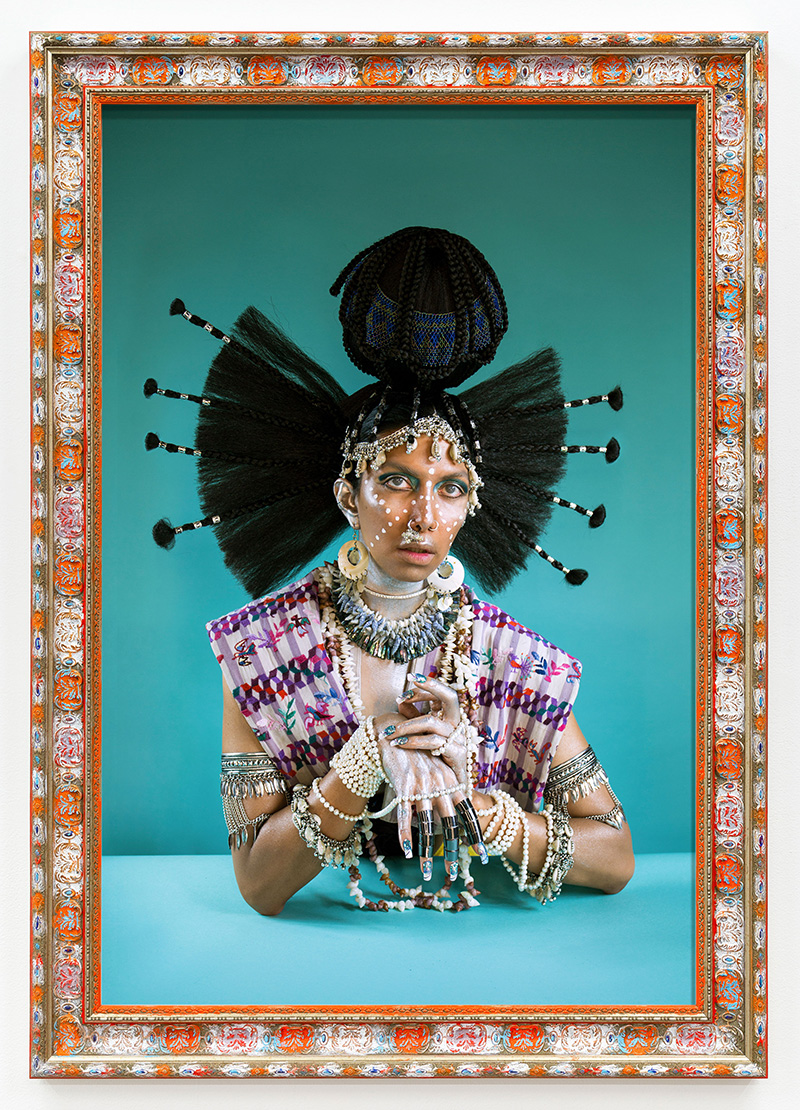
One of the most startling visions on offer is that of Martine Gutierrez, whose images channel the icy allure of high fashion with motifs taken from Indigenous culture. The subject of a New Yorker profile, Gutierrez’s work references Cahun’s earlier images, moving easily between the gloss of fashion and contemporary art, two worlds that frequently bleed together.
Ursula Mayer similarly mixes worlds. In Eternal Vomit Ground of Reality, a digital avatar idles in midair, channelling video game aesthetics with gender ambiguity, all sluiced down with a sheen of sex and futurism. The work makes reference to Donna Haraway’s A Cyborg Manifesto, as well as trans woman and fashion model Valentijn de Hingh. It is both fascinating and a wee bit sinister.
A different female figure pops out in the form of the Greek goddess Baubo, infamous for flashing her pudenda at Demeter while mourning the loss of her daughter Persephone. Goddess of Mirth, Baubo is depicted in sculptural form in the Polygon’s exhibition, where Estonian artist Kris Lemsalu let her kick up her heels and other bits.
Indigenous identity is another facet in the exhibition. Lacie Burning’s mirror-fragmented figure from the Reflection Series curled in on itself like a beaten child, while Dana Claxton uses leather-tooled purses clumped around a human form to make mordant comment on the weight of cultural baggage.
With such a rich and heady mixture, it’s tempting to waltz through the show, dipping a toe into one set of ideas, but some works require more of an investment in time and attention.
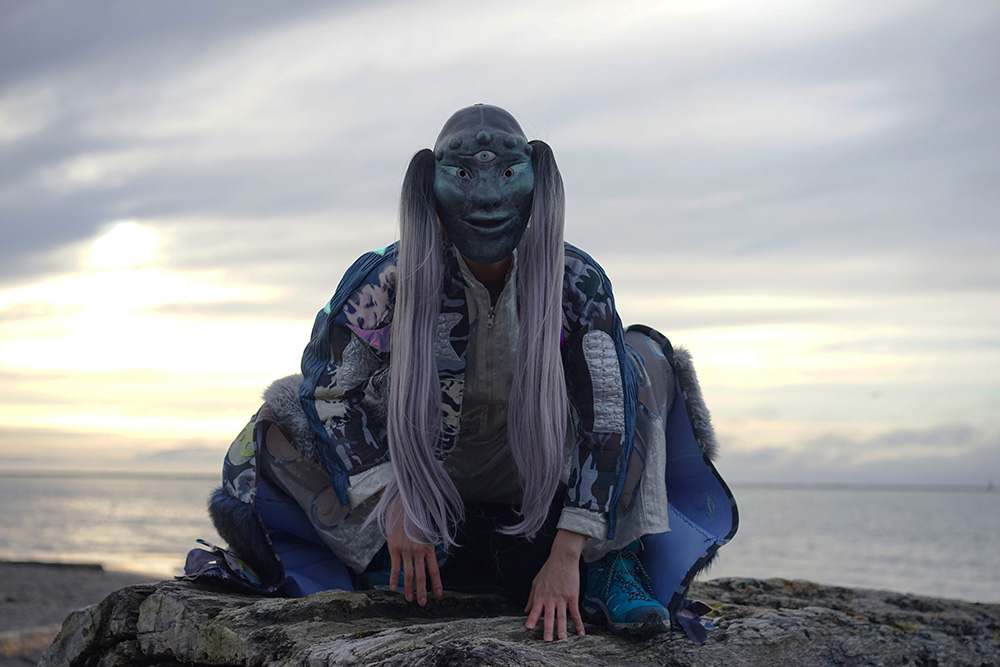
Zadie Xa’s film installation Child of Magohalmi and the Echoes of Creation is one such work. Born in North Vancouver but currently based in England, Xa’s film installation uses Korean mythology, nature films and animation to weave together different stories into an entirely new narrative.
Xa combines the story of the orca matriarch Granny (otherwise known as J2) who led her pod until her death in 2016 with the figure of Magohalmi. As the artist describes her, Magohalmi was a legendary creator who fashioned the Korean landscape out of her own bodily emissions.
Despite her significance, Magohalmi faded from popular knowledge when oral traditions of storytelling were supplanted by written versions. In Xa’s work, she returns.
The artists featured in Interior Infinite offer up a universe of different personas whose only limitation is human imagination. Identity is what you make it. ![]()
Read more: Art



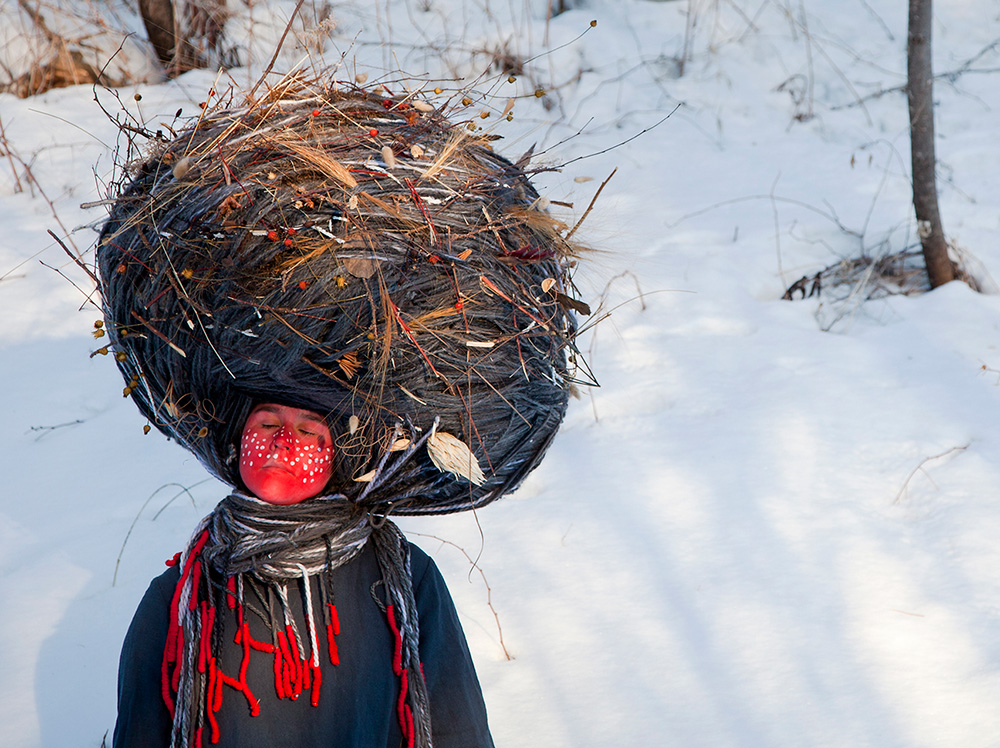












Tyee Commenting Guidelines
Comments that violate guidelines risk being deleted, and violations may result in a temporary or permanent user ban. Maintain the spirit of good conversation to stay in the discussion.
*Please note The Tyee is not a forum for spreading misinformation about COVID-19, denying its existence or minimizing its risk to public health.
Do:
Do not: